When most people think of cherry trees, they think about plump, juicy, red or purple cherries from cultivated cherry trees. However, here in the USA, we have a variety of wild cherries that are an interwoven and rich part of our landscape. An enigmatic tree found throughout the eastern part of North America and South America is prunus serotina, the wild cherry, black cherry, mountain black cherry, or rum cherry tree. Most people interact with this tree not in its living form, but through the beautiful reddish-brown heartwood that this tree produces, and that can be frequently found in their furniture and flooring. And yet, this tree has so much more to offer than just beautiful wood! While I’m targeting my comments today about the black cherry, many of the materials found here can be about *any* cherry tree local to you, including domesticated cherries. Many other kinds of wild cherries may also be found along the US East Coast region: prunus avium (the wild sweet cherry) and prunus virginiana (choke cherry). Black cherry and other wild cherries of the prunus species are truly American trees and hence, should be considered as part of our magical landscape here in the USA.

This post is part of my Sacred Trees in the Americas series, where I explore sacred trees within a specifically American context, drawing upon folklore, herbalism, magic, and more. I think it’s particularly important that US druids and those following other nature-based paths in North America understand how the trees here might be different and just as magical as traditional European trees. Thus, this series provides research and insight on the many trees here in the US East Coast. Previous trees in this series include Juniper, Birch, Elder, Walnut, Eastern White Cedar, Hemlock, Sugar Maple, Hawthorn, Hickory, Beech, Ash, White Pine, and Oak. And now, let’s learn more about the Black Cherry!
Black Cherry Growth and Ecology
Black cherry is a medium-sized tree, often found on the edges of forests. When it is young, it can be shade tolerant, but older cherries prefer to have more sunlight, and thus, you can often find them along the edges of forests, pushing the forest into new areas. Cherries are prone to being blown over by strong winds because they primarily have lateral/fibrous (spreading) root systems rather than a deep tap root. Cherries can live between 150 and 200 years. They are commonly found in the ‘dry’ or ‘mesic’ forest habitats more broadly. Here in Western PA, they are a very common tree, often growing in mixed oak/beech hardwood forests or hickory/oak forests, but also found on the edges of hemlock forests.
Identification of the tree depends on its age. Leaves are typically about 2-5 inches in length with fine-tooth and an ovate-lacerate shape (elongated oval with points). Young cherry trees have a dark, smooth bark that is banded with lighter brown lines that are horizontal. Older cherry trees have very dark gray/dark brown or almost black bark that is highly textured, but you can still see the bands (see photos). A strong almond scent (very unique to cherries) can be smelled when leaves are crushed or branches are broken–more on this later in the post).
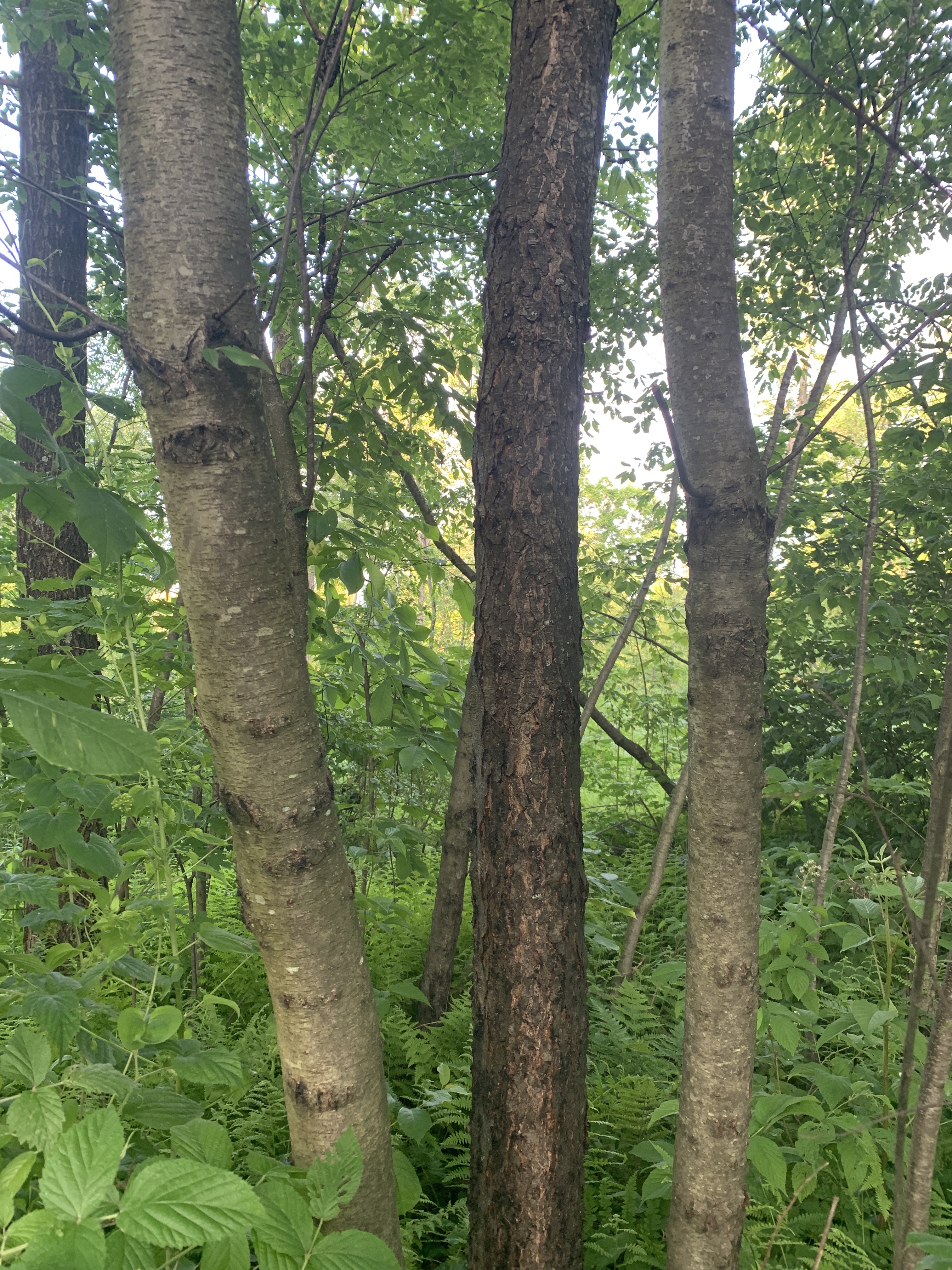
Birds, butterflies, and moths feed and grow on black cherry, including the eastern tiger swallowtail butterfly, who lays eggs individually on the black cherry leaves. Other caterpillars who depend on the trees include the red-spotted purple caterpillar and the coral haristreak caterpillar. Unfortunately, it is also a favorite of the destructive eastern tent caterpillar, which can make large nests in the tree and strip trees of leaves. Usually, the cherries can bounce back the following year after a serious Eastern Tent Caterpillar issue. When the cherry is in bloom, it is a nectar source for many insects including bees, wasps, and butterflies. When the cherry is in fruit, it is a food source for many animals and birds including raccoons, rabbits, chipmunks, squirrels, bears, and more.
Wood and Other Uses
The wood of the cherry is well known, as it is a common wood used for interiors, furniture, tools, flooring, and more. Cherry is a beautiful, reddish brown wood with a straight grain. It is a favorite of woodworkers as it is delightful to work with and beautiful when polished. It is not as hard as oak, near as soft of maple, making it a wood that is firm yet beautiful to work with.
The berries, when using methods I’ve described before on the blog, can be made into a great ink or dye; it offers a purple/blue color. It doesn’t have a good lightfastness (like most other natural berry dyes) but in my experience, if you use alum as a mordant, it can improve the lightfastness. The berries are almost always in abundance, but they can be difficult to reach on high-up trees.
The cherry pits (seeds) are also often harvested and eaten by wild critters. If you visit the base of an older wild cherry tree, you will often see the little half-cups of the seeds, dried and brown. If you are interested in natural crafts, these can make nice beads (with a tiny hole bored or drilled into them).
Cherry Leaves and Cyanide
Cherry is an interesting tree because while the fruit is edible and medicinal, and the inner bark is also medicinal, most of the rest of the tree is extremely toxic. Cherry foliage and pits contain hydrocyanic acid. You can smell this when you crush a leaf or cut a part of a cherry tree–it has that distinct bitter almond smell. The leaves have the highest concentration of hydrocyanic acid, and as the leaves wilt, they produce cyanide. This makes the leaves extremely toxic to humans and many livestock animals, such as goats or sheep. In fact, we had planned on getting goats for our homestead here for fiber, milk, and for clearing brush, but after we learned about the toxicity of the cherry leaves (which we have everywhere on the property) we decided not to do so and went a different route with our animals. This is because one handful of wilted cherry leaves is enough to kill a full size goat! Needless to say, Cherry’s toxicity is not to be trifled with.
Foraging for Cherries
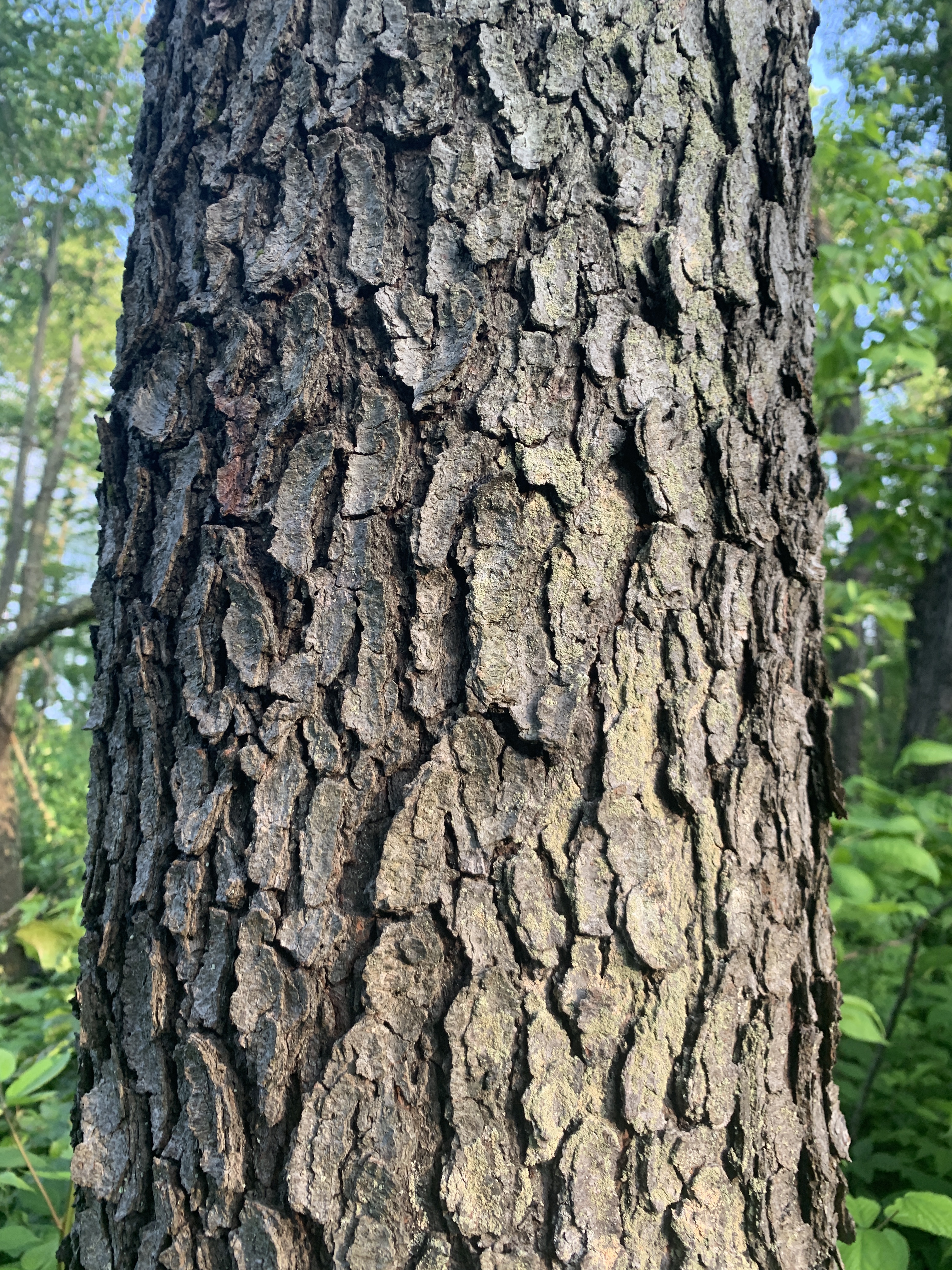
At the same time that cherry’s leaves have such poison, black cherries are delightful and abundant to eat, high in antioxidants and nutrients, and an excellent wild food. Sam Thayer notes in the Forager’s Harvest that you should harvest the berries only when they are overripe, that is, a deep purple color. I will also note that in my experience, different trees may produce slightly different tasting berries, some more or less bitter than the others. If you are going to forage for them and you have some choice, I suggest tasting various trees! The variety in different trees can be quite distinct, with some tasting almost like a commercial cherry and others being nearly inedible and very bitter. So, once you find a tree that you can eat raw, you have found a good tree to turn the fruit into jelly or other tasty treats. Even if a cherry tree has a little bit of bitterness, you can usually use sweetness to counteract it and allow for an enjoyable tasty tree.
Like many other fruits in the rose family (including apples and peaches), cherry pits also do contain hydrocyanic acid, and those should be removed during or before preparation. You can cook them slightly, mash them down, and strain out the pits, which is probably the easiest method of removing them.
This bitterness of any wild cherry can be reduced with the use of sugar, but any jams or jellies that you produce from it will still have some bitterness if your fruit started off bitter. I have found that the bitterness is pretty tasty combined with meats or fish and add dimension and complexity (and bitter foods are healthy for our digestion). A simple recipe, offered by Euell Gibbons in Stalking the Wild Asparagus book is a cherry jelly. He suggests adding apple juice to the jelly to improve the flavor. Take any number of quarts of black cherry and add 1 cup of water. Take unripe apples and slice them and add them (or add some pectin as per package instructions). Simmer this for 30 min then strain. Take 2 cups of cherry juice and 2 cups of apple juice, and add 4 cups sugar (you could also add less sugar by using Pamona’s pectin; I prefer to can with honey using this approach). Boil till it jells and then hot water bath can using standard fruit approaches (10 min for half-pints, 15 min for pints, etc).
In Using Wayside Plants, Nelson Coon notes the difference between serotina (wild cherry) and virginiana (choke cherry) are as follows: chokecherry has more pointed leaves, bitter/acidic fruit, and shorter fruit clusters He notes that while both can be made into tasty jellies, the choke cherry produce more bitter fruit. I have also found this to be the case, and often, the serotina and virginana are growing right next to each other! Sam Thayer recommends another approach to working with black cherry. After harvesting them, he puts them in the fridge for two days. This reduces the astringency and bitterness, and then you can make jellies or fruit leather.
Cherry as Medicine
In Matthew Wood’s Earth Wise Herbal: New World Herbs, Wood notes that in the 19th century, wild cherry was considered an “indispensable” medicine by both pioneers and Native Americans; he suggests that it was likely one of the most commonly used herbs native to the US during that time period. Wood notes that wild cherry works as a sedative, particularly for the circulatory system. It is particularly useful for coughs due to irritation, coughs that linger on after an infection has passed, and those that have fluid or mucus in the lungs, such as through bronchitis, pleurisy, etc. He recommends collecting root bark if at all possible, and preferably in the spring when the cyanogens are lowest. He notes that while the bark does contain trace amounts amounts of cyanide, it is not enough to cause any health issues, particularly when it is used medicinally and for short term issues.
Prussic acid in found in wild cherry trees are particularly useful for coughs and many herbalists use it as a their go-to cough syrup remedy. For this, you want the inner bark from any wild cherry. This is to be used for acute conditions short term only, but it is very effective. A simple cough syrup is to boil down 1/2 cup of the chopped inner bark of wild cherry for 30 min in 1 pint water. Then, strain it and let it cool. Add raw honey at this point to taste. Usually, I will freeze this in ice cub trays, then you can keep using it as needed and keep it till you need it. Alternatively, you can simply make a strong tea of the wild cherry bark that you dry. If you have a wild cherry nearby though, no need to dry it in advance–just harvest it fresh and prepare it as needed! I have used this recipe many times myself, and it is just as effective as over-the-counter medicines.
Euell Gibbons gives another recipe for wild cherry cough syrup in his Stalking the Wild Asparagus book that I really like: 1 cup red clover blossoms, 1 cup white pine needles (preferably new growth), 1 cup mullein leaves, and 1/2 cup inner bark from the wild cherry. Boil all of this in a quart of water covered for 20 min. Strain and add 1 pint honey, then can it. (I like this recipe, but I’d omit the honey and can it without, then add the honey later. Raw honey is amazing, but heat removes much of the medicinal virtues).
Magic of the Cherry Tree in Global Traditions
Cherry does not seem to have much of a place in the traditional western magical traditions, particularly those deriving from Europe–which makes sense, as cherry is a North American Tree.
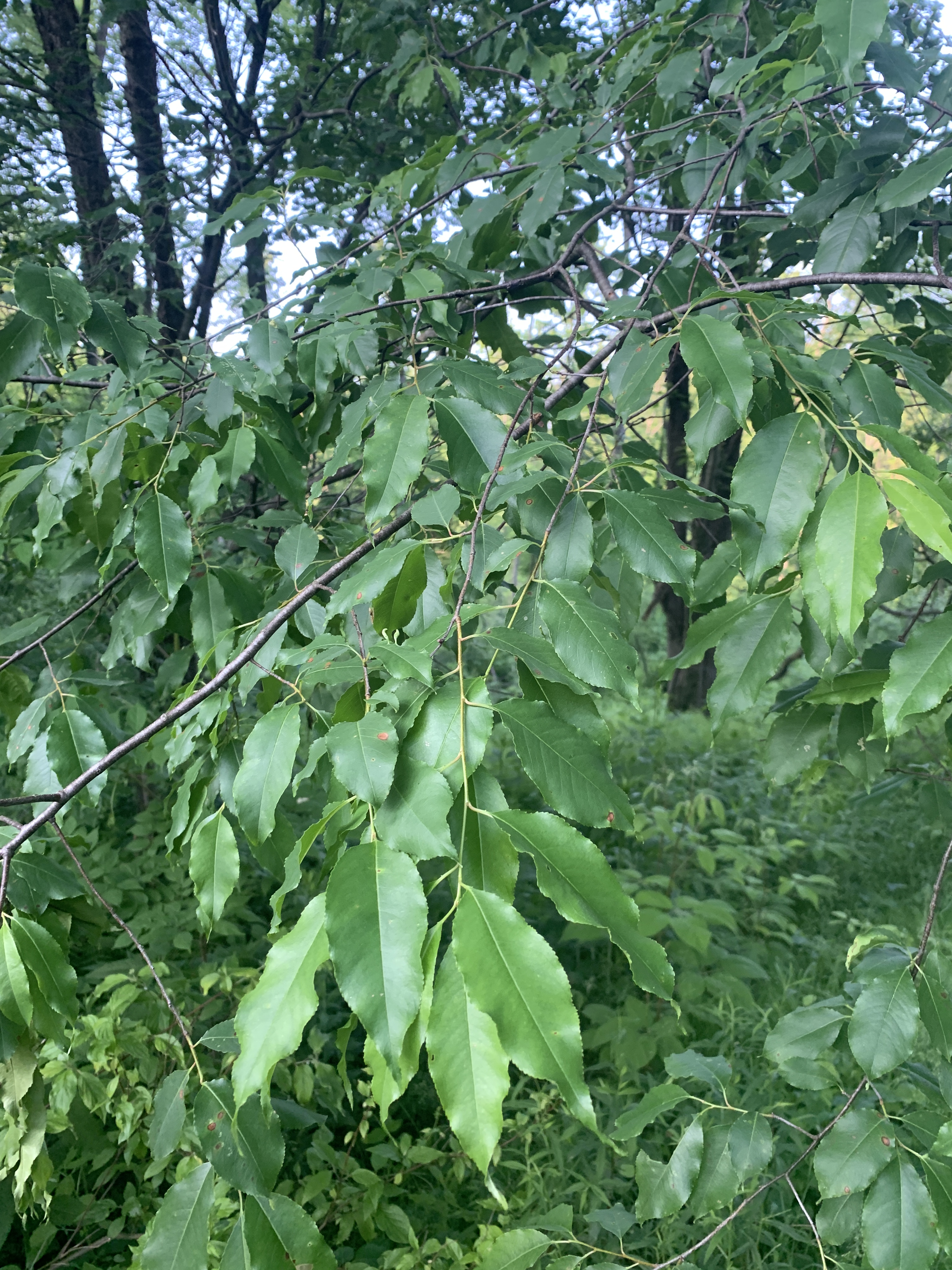
In the European traditions, when it shows up, it does not often show up as a tree of power. For example, in Celtic Myth and Legend by Charles Squire, the book describe the Battle of Godeu (or the Battle of the Trees) and in this battle with Hades, while many trees fought valiantly (oak, hawthorn, heather, holly) many others, including the poor cherry tree did not fare so well and was broken during the battle. This battle is told in the Book of Taliesin as well.
What information there is about the cherry’s power suggests that cherry is tied to love, emotions, and romance, something that is consistent both from Europe as well as from folk magic here in the US. Culpepper notes in his Herbal that cherry is a tree governed by Venus. In the American hoodoo traditions, according to Cat Yronwood’s Hoodoo Root and Herb Magic, cherry is used primarily in love-drawing spells for drawing love, romance, or enticing someone. Thus, in American Hoodoo, it is frequently used in love-drawing mojo bags, oils, dressed candles. We see this same association in an old book, Grimories, who talks about using the “essences of the cherry tree” when desires another. Interestingly enough, Native American talking sticks can also be made of cherry, and when they are, they are also tied to expression, emotion, and love. Yet, Cherry trees do not feature prominently in the stories that I have been searching (and that I usually share as part of these posts). Occasionally, someone eats a cherry in a story, or, someone notes that cherry is not good for making bows. But the tree has no distinct magical connection in the mythology of the Americas that I can ascertain.
In another American classic grimoire, The Long Lost Friend by John George Hoffman (1820), which is one of the premier books in PA Dutch Braucherei, the cherry tree is used to help cure the “poll-evil” in horses. The Poll Evil is an inflamed back of the head that can burst (today, this is treated with antibiotics). The full charm involves breaking off three twigs from a cherry tree, one in the morning, one in the evening, and one at midnight. You wrap these in pieces of your shirt, then clean the poll-evil with it. Then you have to poop on the twigs while the twigs are facing north. Then you stir the wound again with the dirtied twigs a day or two later. Yep, good stuff :P.
One of the places the cherry tree is very dominant is in Japan, and Cherry has different meanings in eastern societies. Japanese cherries or “sakura” symbolize the concept of “mono no aware,” or the understanding that life and things are transient, impermanent, and that a small amount of sadness or wistfulness can be had at their passing. Cherry blossoms, which bloom en masse in Japan are thus symbolic of “mono no aware” and encourage people to reflect on the transience of all things. We also see the tie to love from myths like “the Holy Cherry Tree of Musubi-no-Kami Temple” where a magnificent old cherry tree encouraged people to build a shrine dedicated to the “God of Love”.
Meanings and Magic for North America
So to summarize all of the above, we can see three distinct meanings for the Cherry tree, based on its ecology, medicine, uses, and mythology:
Cherry tree as a drawing love and romance. The American traditions are strongly consistent in this, showing that cherry here in the US has the power for love: to bring it, to help it last, and to foster romance.
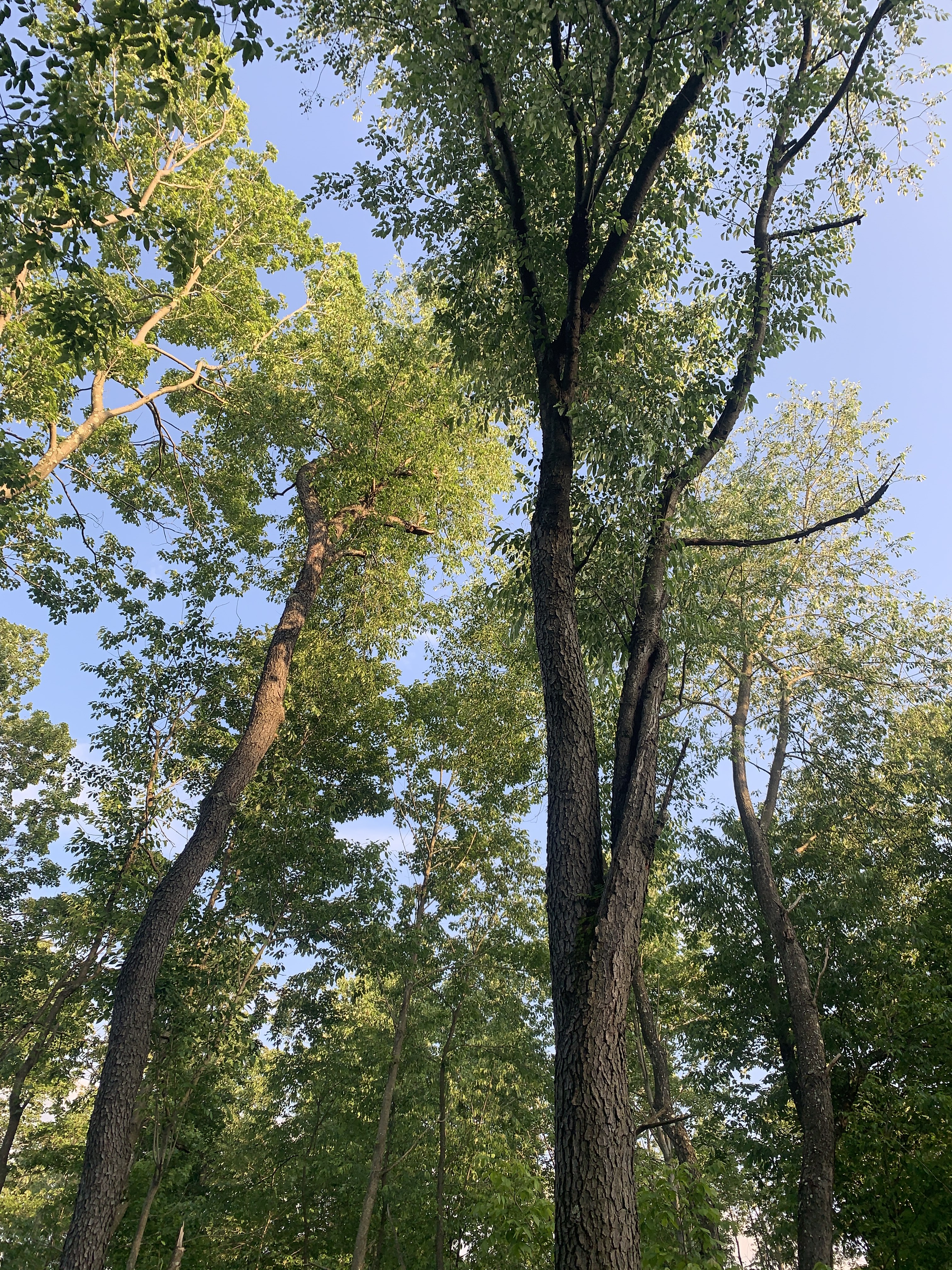
Cherry tree emphasizes the fragility, impermanence, and ephemeral nature of life. The Japanese tradition is strong here, but so is, frankly, the fact that cherry can produce such a noxious poison. The leaves of the cherry tree wilt and cause livestock (or people) to die who consume them. That ecology sends, to me, a very strong emphasis on the idea that life is fragile!
Cherry, likewise, sends the message that the same aspects of nature can be both healing and destructive. Cherry is a tree of extremes: both one of the best natural medicines we have native to the Americas while also being one of the most destructive poisons we have. Much of nature is like this, and this is a powerful natural lesson. The ocean is a very good example of this: the ocean can provide food and medicine, but also tidal waves and tsunamis. I think every part of nature is truly like this: and cherry so beautifully emphasizes this lesson. Nature is. It is not good, it is not evil, it simply is. I can be harnessed as a powerful tool, or it can harm or kill you. Part of that depends on your own knowledge, and part, on the conditions at hand.



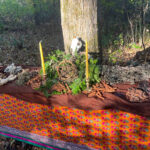
Reblogged this on Paths I Walk.
Reblogged this on Blue Dragon Journal.
Reblogged this on Rattiesforeverworldpresscom and commented:
Wonderful article 🙂
Reblogged this on dreamweaver333.
Thank you so much for all that you do.. I love reading your work and appreciate the thoughtfulness of the details of Natures wonders..💜🏵️💜Blessings, Michele
On Sun, Jun 23, 2019, 8:31 AM The Druid’s Garden wrote:
> Dana posted: ” When most people think of cherry trees, they think about > plump, juicy, red or purple cherries from cultivated cherry trees. > However, here in the USA, we have a variety of wild cherries that are an > interwoven and rich part of our landscape. An enigmat” >
Thank you so much! And thanks for reading, Michele!
Reblogged this on Good Witches Homestead.
Thanks for the reboot!
Thanks for the reblog!
Reblogged this on GrannyMoon's Morning Feast.
Hello Dana… this post seems tone timely for me to see. A few days ago I had a 60′ Douglas Fir removed because of bar beetle. Unfortunately the inexperienced tree guys dragged the large tree logs across the property and skinned about 4 young trees in the process. One of the damaged trees I had started to connect with. Very heartbreaking and there’s a high possibility that they will have to be removed. I wanted to ask if you have any suggestions to aid in the healing of their stripped bark and severely damaged tree flesh? I have pictures, but can’t find a email to forward them to you.
I look forward to your reply. And keep harnessing that Druid energy! 🌲🌲
I am so, so sorry to hear about your Douglas Fir. I don’t have suggestions for stripped bark: the trees can seal themselves with sap, and that’s probably better than anything we can do. Some people do use wax on wounds, but typically, that’s more on deciduous trees. Blessings to you and sending positive energy for your trees!
Thank you, Dana. The damage is pretty extensive and it looks like the trees will have to be removed. Hopefully, these will be replaced by the Fall season.
A lovely informative post on the Cherry tree which is not alone as to its toxic properties a lovely thorough post…I also love the flowering cherry it is so beautiful 🙂
Thank you for reading and commenting, Carol!
[…] Cherry tree magic and medicine […]
[…] Sacred Tree Profile: Cherry (Prunus Serotina)’s Magic, Mythology, Medicine and Meaning […]